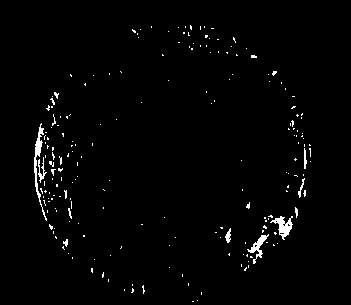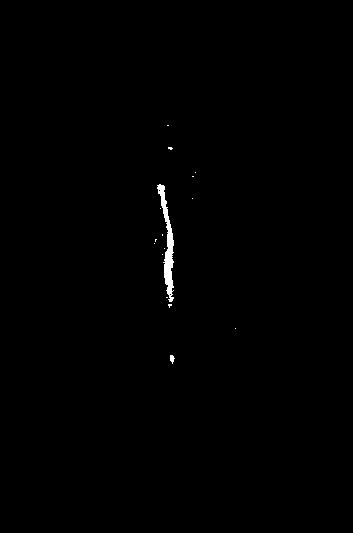Method for detoxification micropropagation of callicarpa nudiflora
A technique of nudibranch and micropropagation, which is applied in horticultural methods, botanical equipment and methods, horticulture, etc., and can solve problems such as poor genetic stability, low multiplication efficiency, and long reproductive cycle of nudibranch
- Summary
- Abstract
- Description
- Claims
- Application Information
AI Technical Summary
Problems solved by technology
Method used
Image
Examples
specific Embodiment approach 1
[0065] Specific embodiment one: the detoxification and micropropagation method of the nudibranch in this embodiment is realized according to the following steps: 1. with the mass concentration of the nudibranch fruit explant on the ultra-clean workbench after cleaning. Soak in 75% ethanol solution for 30 seconds, rinse with sterile water for 3 times, then sterilize with 0.1% mercuric chloride solution for 12 minutes, and then rinse with sterile water for 5 times to obtain sterile explants ;
[0066] ②Then the seeds were stripped off and inoculated on the modified MS solid medium prepared with 1 / 2 MS medium and 100.0 mg / L inositol as the basic medium, which also contained 0.01 mg / L gibberellin and 0.01 mg / L NAA, 3.0% sucrose, pH value 5.6-6.0, and then cultured for 13-15 days under the conditions of temperature 28 ℃, humidity 70%, light intensity 100 lx, and light 8 h / d. d, to obtain the aseptic buds of Aurora nudiflora, the length of which is 0.5-1.0 cm;
[0067] ③Transfer ...
Embodiment 2
[0074] The 0.1% mercuric chloride solution disinfection in step 1. is 15min, and other steps are with embodiment 1.
[0075] In this example, the proliferation rate of the explants of A. nudiflora was 91.4%, and the emergence time of sterile seedlings was 13 days ± 2 days. The growth of the plants in the multiplication culture is good, the monthly multiplication rate is 5.15, the rooting rate in the rooting culture is 100%, the uniformity of the nudibranch seedlings is high, and the survival rate of transplanting after hardening is 98.5%.
Embodiment 3
[0077] The gibberellin concentration in step 2. is 0.03 mg / L, the NAA concentration is 0.03 mg / L, and other steps are the same as in Example 1.
[0078] In this example, the proliferation rate of the explants of A. nudiflora was 90.1%, and the emergence time of sterile seedlings was 13 days ± 2 days. The cultivation effect of strong seedlings was good. The growth of the plants in the multiplication culture is good, the monthly multiplication rate is 5.05, the rooting rate in the rooting culture is 100%, the uniformity of the nudibranch seedlings is high, and the survival rate of transplanting after hardening is 98.1%.
PUM
 Login to View More
Login to View More Abstract
Description
Claims
Application Information
 Login to View More
Login to View More - R&D
- Intellectual Property
- Life Sciences
- Materials
- Tech Scout
- Unparalleled Data Quality
- Higher Quality Content
- 60% Fewer Hallucinations
Browse by: Latest US Patents, China's latest patents, Technical Efficacy Thesaurus, Application Domain, Technology Topic, Popular Technical Reports.
© 2025 PatSnap. All rights reserved.Legal|Privacy policy|Modern Slavery Act Transparency Statement|Sitemap|About US| Contact US: help@patsnap.com



